As previously emphasised in the article on Travel Safety Awareness, thorough research is essential when travelling, and the same level of diligence should be applied when choosing a hotel room or renting accommodations through platforms like Airbnb. Hotels present various safety concerns, including break-ins, fires, natural disasters, and potential terrorist attacks. Additionally, items occasionally disappear mysteriously from hotel rooms, underscoring the importance of remaining vigilant. Follow these tips to ensure a secure stay in your chosen accommodation.
Choose Your Room Carefully
Choose a room between floor 3 and floor 6. Criminals target the first two floors because they have an easy escape route. They can break in, rob the rooms and then quickly get to their getaway car. Most fire engine ladders stop at the sixth floor, so if you are higher than this you need to get down the building; not easy if your room is on the 20th floor. Avoid rooms next to the stairwell, again, these provide a quick and easy escape route for criminals looking to rob the room. Practice situational awareness: Make sure you are not being followed when you get off the lift. If you are, then do not go to your room. Summon help. Gut feeling is important here, and you should listen to this when trying to decide if you should call the front desk or the police.
Protect Yourself and Your Belongings
It seems obvious, but make sure you lock your door. The moment you go in, lock it behind you and consider buying door wedges or portable door locks for added peace of mind. These are a very inexpensive way of maintaining personal security in your hotel room and could save your life.
Hotel safes are not safe
I could probably write a book about this chapter; however, I will keep it simple and tell you that these are not safe. Most of them have multiple vulnerabilities. Some have the default password “000000” and on some, you can create an overwrite card, which means that anyone with access to the room can create an overwrite card on all the rooms when they are unoccupied. Also, most hotel safes have a physical override keyway, usually behind the company logo, which can be easily opened.
So the first thing you should do is to test if the default password has been changed by typing “000000”.
Set up a new code upon arrival.
If you have high-value items, ask at reception if there is a safe place to store these items. This is typically a more secure safe by reception or some have a safe in the security room.
The overall advice is that you cannot trust your hotel room safe with your valuables. You have a better chance of securing your valuables by locking your luggage. You can lock your luggage to hard removable items like a radiator or bed by using a combination of a steel security cable and a good key lock. This is still far from being secure, but it’s much better than using the default password “000000”
Hotel bugs
I am not talking about bed bugs or other hotel pests, I am talking about hidden cameras and other listening devices. This is unfortunately a very old practice and due to our technical advancement it is increasingly harder to detect and remove. If you are targeted by state supported professionals, you have a very little chance to find these bugs and you should seek professional advice. Most hotels thankfully don’t fall into this category.
How to find hotel bugs?
There are three main methods to find hidden cameras:
• Scanning for radio frequencies (RF scanning)
• Detecting camera lenses
• Physical search
Physical search can be the most effective method, but it can be very challenging due to a lack of access and requires much patience. Checking a smoke detector can be particularly difficult if you cannot reach the ceiling. Begin the physical inspection with a visual scan. Hidden cameras are often placed in locations with a clear view of the subject, so try to identify these areas and look for out-of-place objects, such as a clock in a bathroom. Common places for hidden cameras include smoke detectors, alarm sensors, telephones, desk lamps, walls, alarm clocks, power outlets, AC power adapters, behind mirrors and paintings, tissue boxes, and DVD players or other set-top boxes.
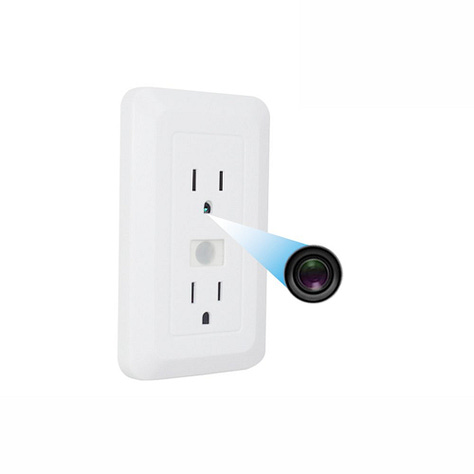
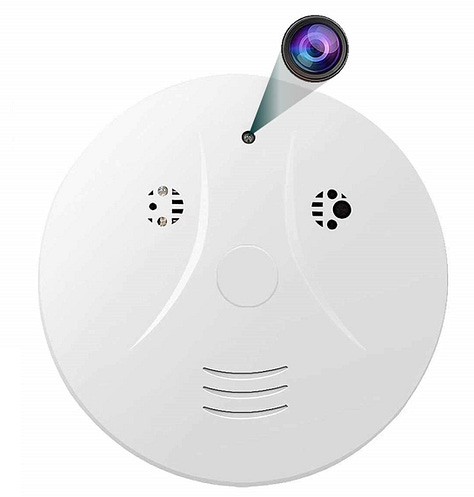

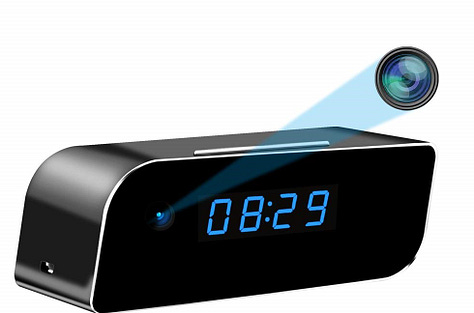
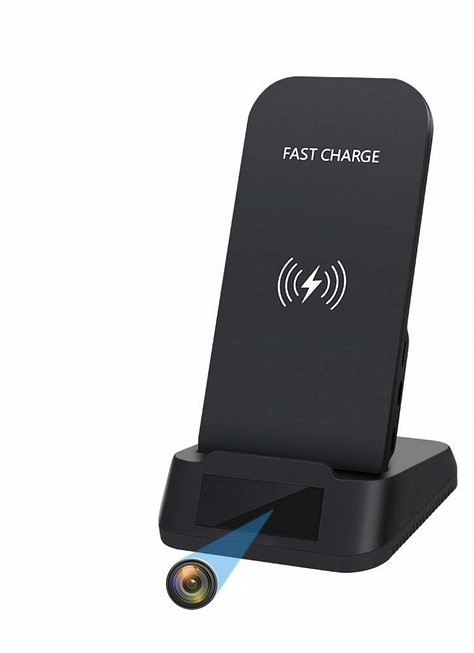
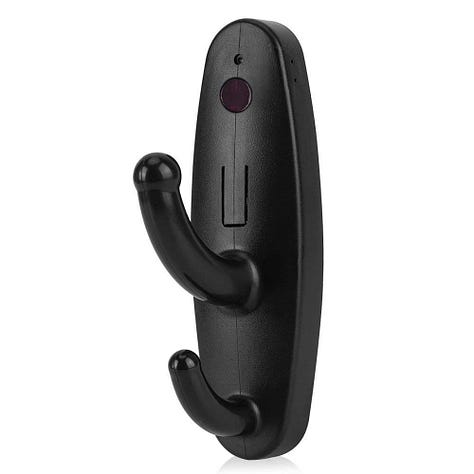
Radio frequency scanning can be done with relatively inexpensive scanning devices available on the commercial market. If the bug is active and continuously transmitting data, it can be detected. However, if the data is transmitted only at intervals, the RF scanner may be of limited use. If the bug is a camera that records data on an SD card (to be retrieved after you leave the building), you can detect the hidden camera using reflected light. This method is based on the optical augmentation principle. In simple terms, if you shine a light towards the camera, the focused optical lens will reflect the light back, appearing as a bright pinprick of light, revealing the camera's position. Most commercial camera detectors come with RF scanning capabilities and high-powered flashing LEDs. Using the device's view port and turning on the flashing LEDs, slowly scan the room and look for small reflected light.
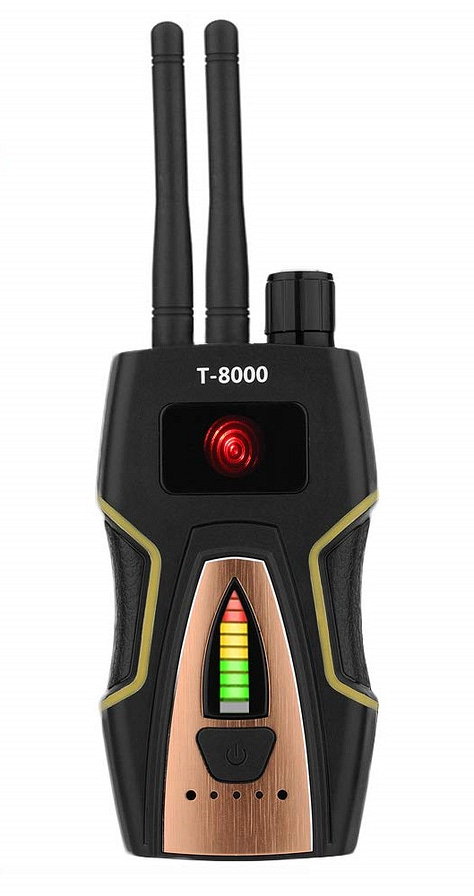
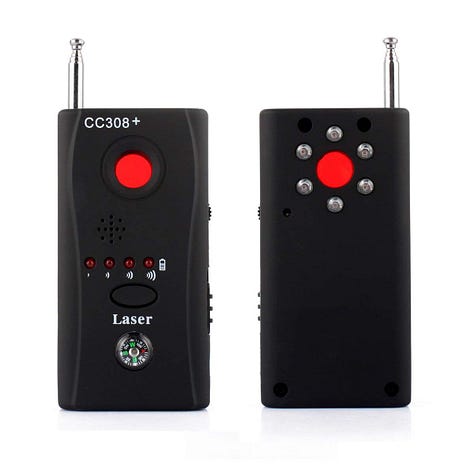

This method can be very effective if done properly; take your time, sweep the room slowly, and view it from multiple angles.
By employing these three methods, you have a good chance of spotting any bugs and, hopefully, you won’t find any unwanted hidden devices.
For peace of mind, remember that you can always leave your action camera charging while recording. I often find myself forgetting my GoPro camera in the room, and for some reason, it is always recording.
Hotel Room Fire Protection
As soon as you arrive, even before you settle into your room, locate the fire exits. Make sure you count how many doors down the exits are. Do you need to turn a corner? Which way do you turn to get to the nearest exit? You need to be able to get to the exit even if you cannot see.
Smoke hoods and gas masks are a good investment if you are going to a third world country. These are often used by Close Protection Officers when protecting VIP’s in certain overseas areas.
Bring a hotel escape bag (for Security Professionals)
A simple escape bag should hold a rope (approx. 10 feet (ca. 3 m) per floor, say, 50–60 feet), gloves to prevent robe burn and a carabineer capable of supporting a weight of around thirteen hundred pounds. You can use this if you need to escape by clipping the carabineer around a heavy piece of furniture (or around door hinges), and then use the rope to ease yourself to safety through a window.
Think Twice About Your Destination
When on holiday, you want to relax and have fun; the last thing you want to worry about is violent crime. Therefore, take some time to think very carefully about booking your holiday in certain locations.
It is important to familiarise yourself with an area before travelling, as some places have simply become too dangerous for Western travellers. For example, Mexico is currently the kidnapping and carjacking capital of the world, known for organised crime and highway robbery. Similarly, in the Caribbean—particularly Jamaica—there are one of the highest per capita murder rates globally.
While Mexico and the Caribbean are undeniably beautiful countries, it's crucial to understand the associated dangers of travelling there. Although you may be staying in a beautiful, well-run resort, you are still in a country with high levels of crime and poverty. Therefore, educate yourself when making travel plans, understand the potential hazards, and always practice situational awareness.
